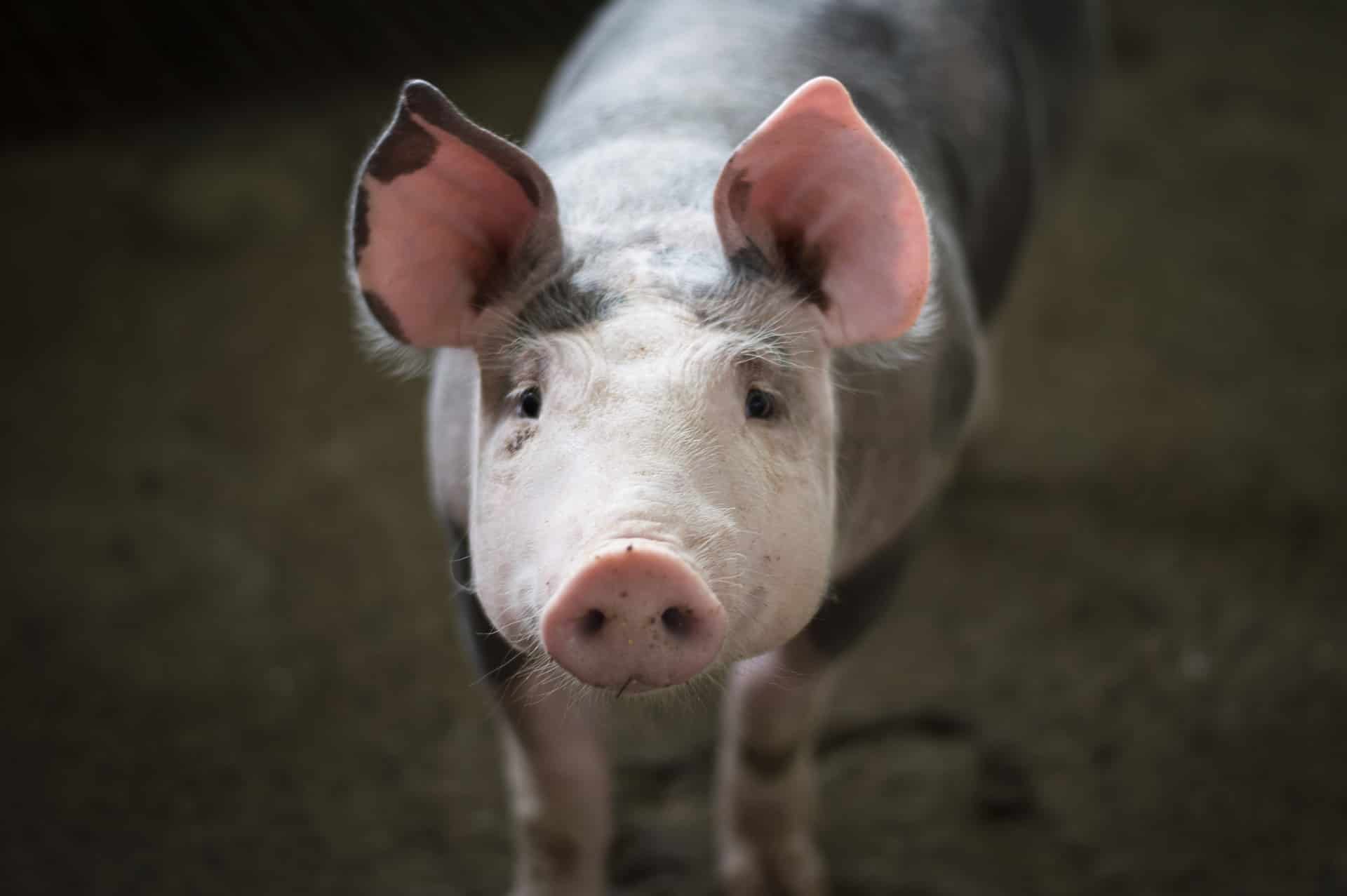
New research is bringing us closer to a very worthy goal: understanding what pigs are feeling.
An international team of European researchers has developed an automated system that can interpret the emotions encoded inside the various grunts that pigs produce. The researchers, led by the University of Copenhagen, ETH Zurich, and France’s National Research Institute for Agriculture, Food and Environment (INRAE), hope that their work can help improve animal welfare in commercial and private farms moving forward.
Happy oinks
“With this study, we demonstrate that animal sounds provide great insight into their emotions. We also prove that an algorithm can be used to decode and understand the emotions of pigs, which is an important step towards improved animal welfare for livestock,” says Associate Professor Elodie Briefer of the University of Copenhagen’s Department of Biology at the University of Copenhagen, who co-led the study.
The team used over 7,000 acoustic recordings gathered throughout the various life stages of 411 pigs, from their births up to their deaths, in order to learn how to translate them into emotions. These recordings were taken during a wide range of situations, both negative and positive, that commercial pigs were faced with. The team also included a series of experimental scenarios using commercial pigs to better discern their emotional reactions, and how these relate to different types of grunts.
Data on the circumstances of the pigs in the recordings were also available. Based on them, the team estimated the emotional state of the pigs when issuing each recorded grunt. The researchers defined the emotions of pigs based on how they naturally react to various external stimuli, and whether stimuli can improve (positive) or threaten (negative) their lives.
Positive situations included piglets suckling from their mothers, or being reunited with their families after being separated. Negative ones included fights among piglets, separation, castration, or slaughter.
Various mock scenarios were created for the pigs in the lab in order to get more reliable data on what types of emotions are associated with different grunts — especially those that fell in the middle of the positive-negative spectrum. These scenarios included an arena with toys and food and a similar arena that lacked any stimuli. Alternatively, researchers would place new and unfamiliar objects in the arena for pigs to interact with. During these experiments, the grunts, behavior, and heart rates of the pigs were monitored and recorded as much as possible without altering their behavior.
Typical signs of negative emotions in pigs are standing still, heavy vocalization, and escape behaviors. Signs of positive emotions include exploration of their surroundings and forward posturing of their ears.
The team then created an algorithm and trained it using this data to estimate whether an individual grunt expresses a positive emotion (‘happy’ or ‘excited’), a negative one (‘scared’ or ‘stressed’), or one that falls somewhere in between.
The study reconfirms previous findings that pigs produce more high-frequency sounds (screams and squeals) when experiencing negative emotions. Low-frequency calls (barks and grunts) occurred in either negative or positive situations. These mixed-emotion states were the most interesting, the team explains and allowed for a much more nuanced interpretation of pig emotional states.
“There are clear differences in pig calls when we look at positive and negative situations. In the positive situations, the calls are far shorter, with minor fluctuations in amplitude. Grunts, more specifically, begin high and gradually go lower in frequency. By training an algorithm to recognize these sounds, we can classify 92% of the calls to the correct emotion,” explains Elodie Briefer.
Although the study of animal emotions is an emerging field, the team says that the emotional and mental health of livestock is of concern to us, as it is an important element of their overall well-being. Animal welfare today focuses almost exclusively on the physical health of livestock, raising several ethical concerns.
The team proposes the use of automated systems to monitor the mental health of animals, analogous to systems that monitor their physiological health, be developed. The algorithm described in this paper can serve as a basis for such systems, they explain.
“We have trained the algorithm to decode pig grunts. Now, we need someone who wants to develop the algorithm into an app that farmers can use to improve the welfare of their animals,” says Elodie Briefer.
The paper “Classification of pig calls produced from birth to slaughter according to their emotional valence and context of production” has been published in the journal Scientific Reports.





